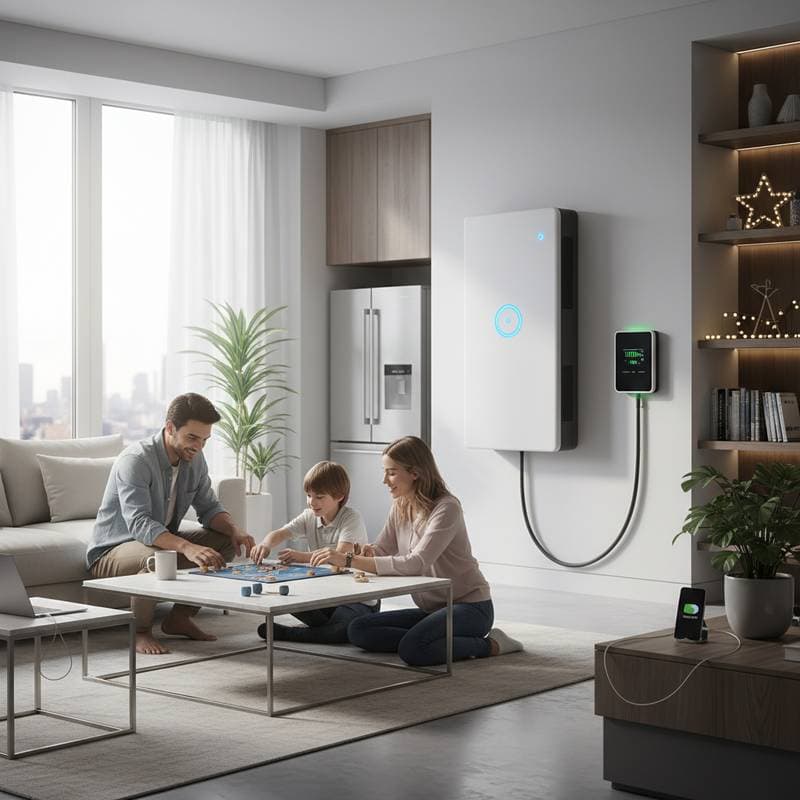Budget vs Luxury: Real 2025 Bathroom Remodel Costs
Bathroom renovations remain one of the most impactful home improvements in 2025. Homeowners seek transformations that balance functionality, aesthetics, and budget constraints. This guide breaks down costs for budget and luxury remodels, highlights key pricing factors, and provides strategies to achieve desired outcomes efficiently.
Understanding these elements helps readers make informed decisions. Whether updating a small powder room or creating a spa-like retreat, costs vary widely based on choices in design and execution. The following sections explore options in detail.
Defining Budget and Luxury Remodels
A budget remodel focuses on essential updates that refresh the space without extensive changes. Typical projects include replacing fixtures, updating tile, and improving lighting, often completed in one to two weeks. Costs generally range from $5,000 to $15,000 for a standard 50-square-foot bathroom.
Luxury remodels, by contrast, incorporate high-end materials and custom features for a premium experience. These may involve heated floors, smart technology integration, and designer cabinetry, extending timelines to four weeks or more. Expect to invest between $25,000 and $60,000 or higher, depending on square footage and specifications.
The distinction lies in scope and quality. Budget options prioritize affordability and quick returns, while luxury emphasizes longevity and indulgence. Both can enhance home value, but luxury additions often yield greater resale appeal.
Breakdown of Budget Remodel Costs
Fixtures and Plumbing
Vanity replacements and basic faucets form the core of budget updates. A standard pedestal sink costs around $200 to $500, while installation adds $300 to $800 in labor. Toilets, if swapped for low-flow models, range from $150 to $400, with plumbing adjustments at $200 to $600.
These changes improve water efficiency and modernize appearance. Select durable, mid-range brands to avoid frequent replacements. Professional plumbers ensure compliance with local codes, preventing future issues.
Surfaces and Finishes
Vinyl or laminate flooring offers cost-effective coverage at $2 to $5 per square foot. Wall tiles in ceramic varieties cost $1 to $4 per square foot, plus $5 to $10 per square foot for installation. Painting walls instead of tiling saves up to 50% on surface expenses.
Focus on neutral tones for versatility. These materials resist moisture adequately for everyday use. Proper sealing during installation extends durability.
Lighting and Accessories
LED recessed lights provide bright, energy-efficient illumination for $50 to $150 each, including wiring. Mirrors with integrated lighting cost $100 to $300. Accessories like towel bars and hardware add $50 to $200 total.
Strategic placement enhances perceived space. Energy Star-rated options reduce utility bills over time. Simple updates here create a fresh feel without major structural work.
Exploring Luxury Remodel Costs
Premium Fixtures and Plumbing
High-end vanities in quartz or solid wood range from $1,500 to $5,000, with custom installations at $1,000 to $2,500. Designer faucets and rain showerheads cost $500 to $2,000, while body spray systems add $1,000 to $3,000. Bidet toilets or smart commodes start at $800 to $4,000.
These selections elevate daily routines. Integration with home automation allows voice control and usage tracking. Skilled plumbers handle complex routing for seamless performance.
High-Quality Surfaces and Finishes
Natural stone tiles like marble or porcelain slabs cost $10 to $30 per square foot, with installation at $15 to $25 per square foot. Heated flooring systems add $5 to $12 per square foot. Custom glass enclosures for showers range from $2,000 to $6,000.
Luxury surfaces demand expert handling to prevent damage. Patterns and textures add visual interest. Maintenance involves gentle cleaners to preserve finishes.
Advanced Lighting and Accessories
Designer pendant lights or chandeliers cost $500 to $3,000, with professional wiring at $500 to $1,500. Backlit mirrors with defogging features range from $500 to $1,500. Built-in speakers and storage solutions add $1,000 to $4,000.
These elements create ambiance and convenience. Dimmable systems adapt to moods. Coordination with interior designers ensures cohesive style.
Key Factors Influencing 2025 Pricing
Material selection drives 40% of total costs. Opt for sustainable options like recycled glass tiles to balance eco-friendliness and expense. Labor rates, averaging $50 to $150 per hour, vary by region and contractor experience.
Scope determines overall investment. Expanding the layout or adding a soaking tub increases expenses by 20% to 50%. Permits and inspections add $200 to $1,000, essential for safety and legality.
Market trends in 2025 favor smart home integrations, adding $2,000 to $10,000. Inflation on supplies may raise baseline costs by 5% to 10% from prior years. Early planning mitigates surprises.
DIY Versus Professional Hiring
DIY suits minor tasks like painting or accessory installation, saving 30% to 50% on labor. Tools and materials cost $500 to $2,000 upfront. However, plumbing or electrical work requires expertise to avoid hazards and void warranties.
Hire professionals for structural changes or complex systems. Vetted contractors provide guarantees and efficiency. Compare bids from three sources to secure fair pricing.
Assess skills honestly. DIY fosters personalization but demands time. Pros deliver polished results faster.
Strategies to Control Expenses
Set a clear budget from the start, allocating 10% for contingencies. Prioritize high-impact areas like fixtures over decor. Shop sales or wholesale for materials, potentially saving 15% to 25%.
Phased approaches spread costs over time. Reuse existing elements where possible. Energy-efficient upgrades qualify for rebates, offsetting investments.
Consult local experts for tailored advice. Track progress with detailed plans. These steps ensure value without compromise.
Achieving Lasting Value Through Smart Planning
Effective remodels boost comfort and property worth by 50% to 70% of investment. Focus on timeless designs that suit lifestyle needs. Regular maintenance preserves upgrades.
Document the process for future reference. Enjoy the enhanced space daily. Thoughtful execution transforms bathrooms into cherished retreats.



